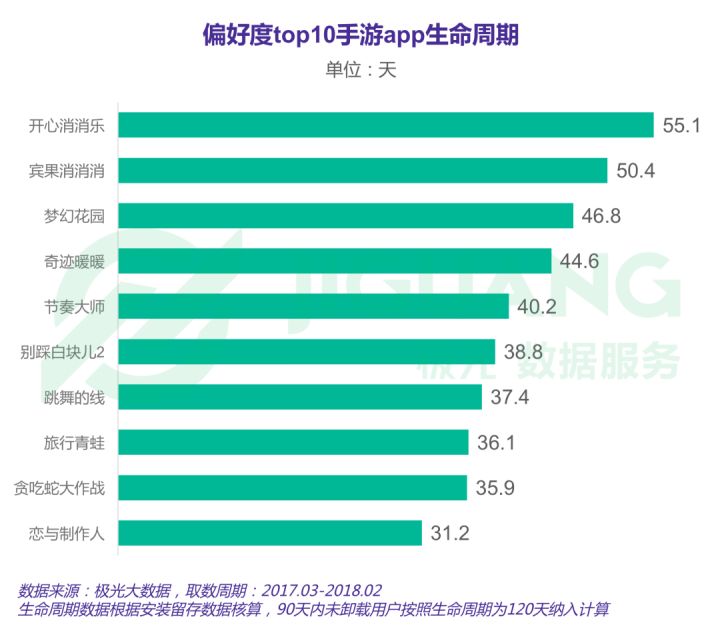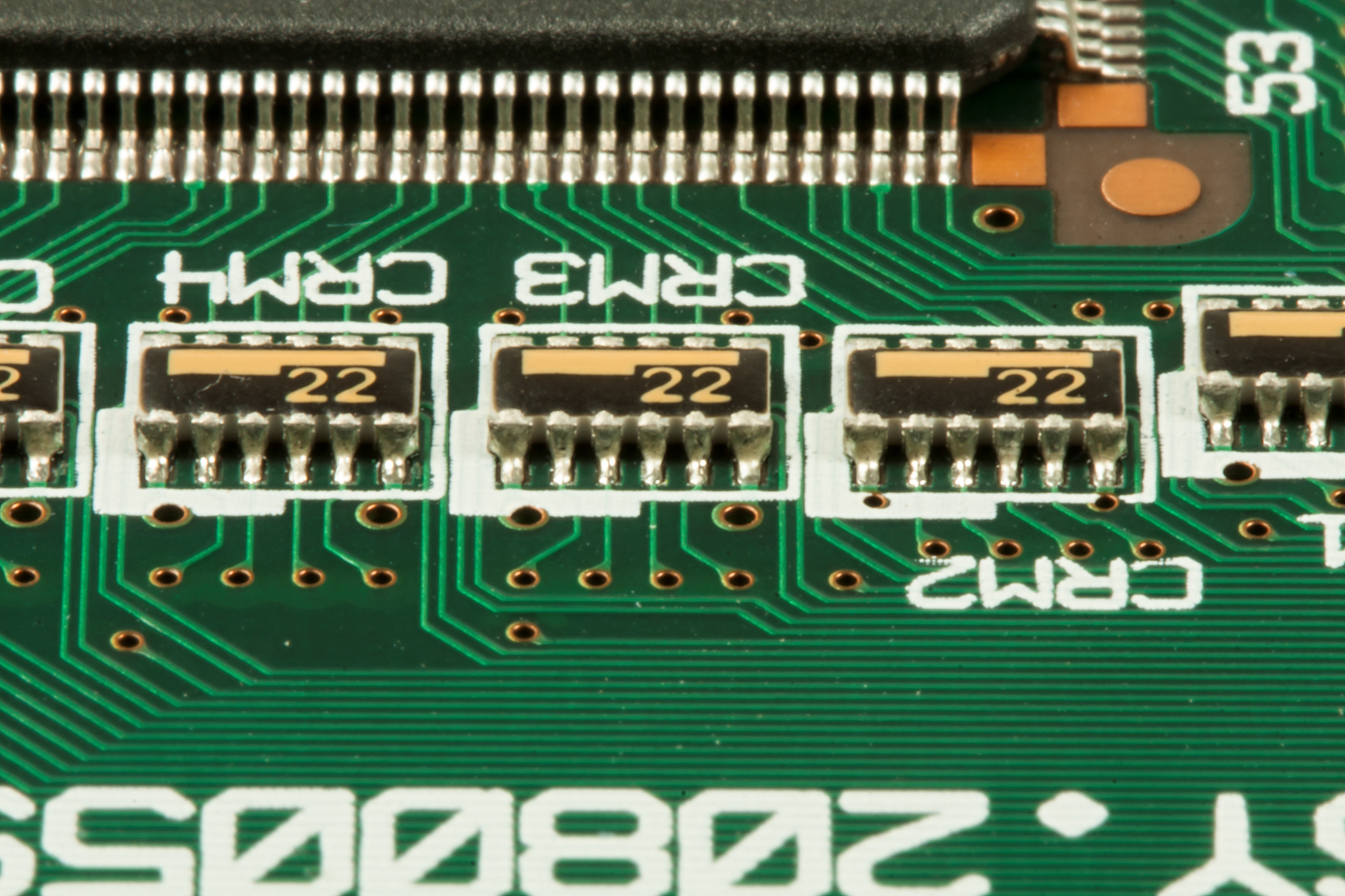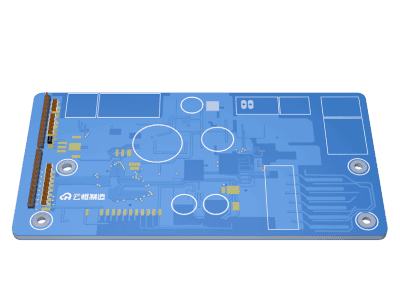TheEvolutionandCraftofElectronicMusicProduction(电子音乐制作英文学科)
The Digital Canvas: Blending Technology and Creativity
At the heart of electronic music production lies the digital audio workstation (DAW), serving as the artist's canvas. These sophisticated software applications offer a platform for recording, editing, mixing, and mastering music. With an array of virtual instruments, sample libraries, effects, and plugins, DAWs expand the sonic palette available to producers. Understanding the nuances of one's chosen DAW is critical to craft a compelling composition.
Sound Design: The Art of Shaping Sonic Elements
Sound design is another critical aspect of electronic music production. It involves creating and manipulating sounds to achieve desired effects or enhance the overall atmosphere of a track. From lead synths to intricate percussions, the ability to sculpt unique sounds can make an electronic piece stand out. Techniques like layering, distortion, and modulation are often employed to add depth and character to sounds, transforming raw audio into captivating elements of a composition.
Arrangement and Structure: Music's Architectural Blueprint
The arrangement and structure of a song form its architectural blueprint, determining how various elements come together to create a cohesive whole. In electronic music, this involves programming drum patterns, laying out chord progressions, and structuring melodic lines in ways that engage listeners over time. The art of arrangement lies in pacing—knowing when to introduce new elements, create tension, or drive the energy to climactic peaks.
Mixing and Mastering: The Final Polishing Stage
Once a song is arranged, the next step is mixing—balancing the levels and panning of individual tracks to ensure a harmonious blend. This process requires both technical skill and a discerning ear, aiming for clarity, balance, and impact. Following mixing, mastering ensures that the music translates well across various playback systems and stands alongside professionally produced works. Techniques like compression, EQ adjustments, and limiting are used to polish the track for public consumption.
Collaboration and Community: A Networked Creative Process
The rise of the internet has democratized electronic music production, allowing artists from around the world to collaborate and share knowledge. Online forums, social media groups, and platforms like SoundCloud have fostered a vibrant community where producers can connect, exchange tips, and even work on projects remotely. This networked approach to creativity not only enriches the production process but also accelerates the evolution of techniques and styles within the electronic music sphere.
Continuous Learning: An Ongoing Journey of Discovery
As with any artistic endeavor, the journey of electronic music production is one of continuous learning. With new software updates, plugins, and hardware released regularly, staying current requires dedication and a willingness to adapt. Moreover, as artists push the boundaries of what's possible, established norms continually shift. Therefore, producers must remain open-minded and exploratory in their practice.
In conclusion, electronic music production offers a dynamic and technology-driven realm for artistic expression. From inception to completion, the process is a complex interplay of technology, creativity, and craftsmanship. As the tools and possibilities continue to expand, so too does the potential for innovative and captivating electronic music.



















